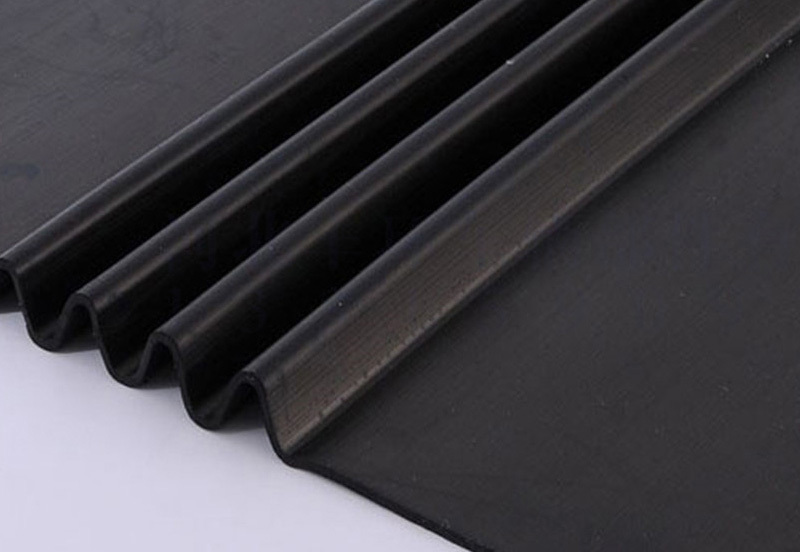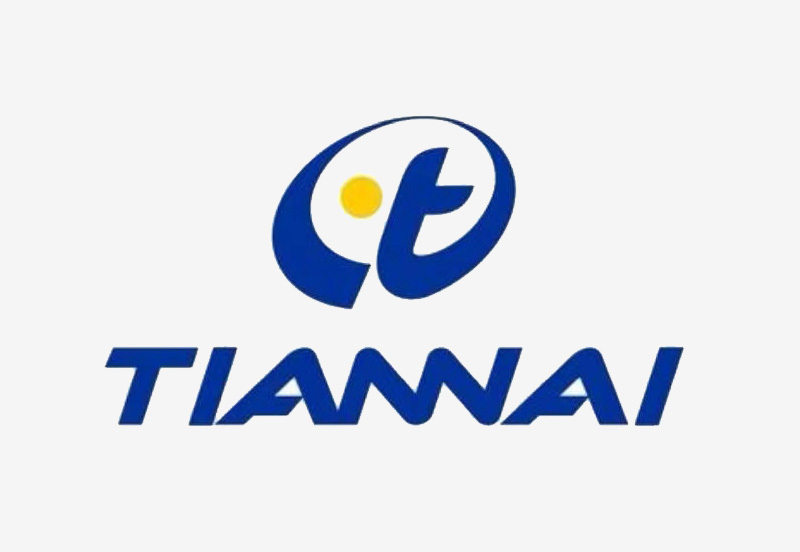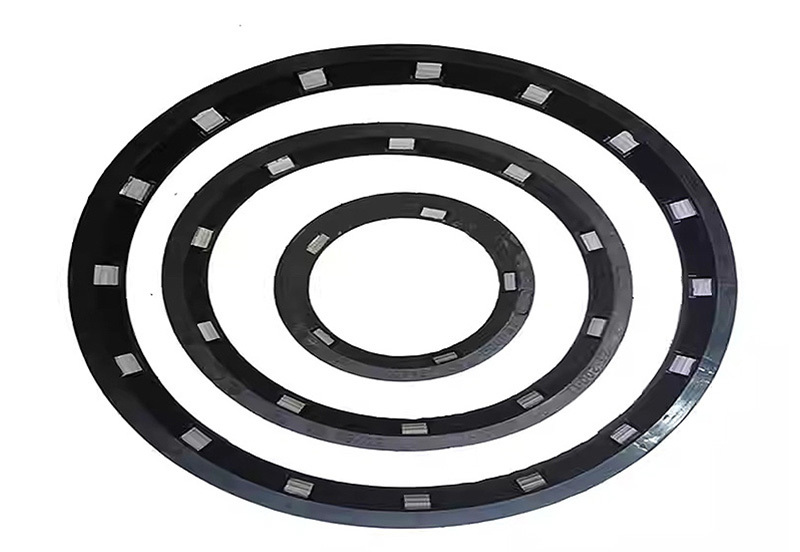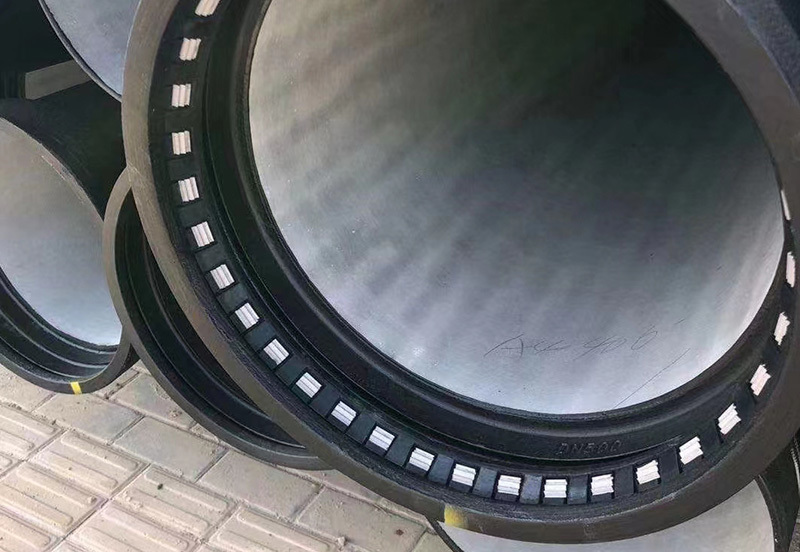Focus On Hot Spots
Contact Info
Email: sales@sealingelement.cn
Mobile: +86-15100390888
Address: Dongliu Village, Tiankou Town, Ren County, Xingtai City, Hebei Province
How to Distinguish Whether An Oil Seal Is Good or Not?
Release Time:
Jan 05,2024
I guess you might have had some unpleasant experiences with buying low-quality oil seals. Today, I'd like to share with you how to distinguish whether an oil seal is good or not.
Distinguishing a good oil seal from a defective one involves inspecting several key aspects:
1. Visual Inspection: Check for any cracks, tears, or signs of wear and tear. A good oil seal should have a smooth, unblemished surface.
2. Material Integrity: Feel the material of the seal. It should be flexible, not brittle or overly hard. A good oil seal maintains its shape but adapts under pressure.
3. Dimensional Accuracy: Measure the seal to ensure it matches the specifications it's supposed to meet. A good seal should have accurate dimensions for a proper fit.
4. Surface Irregularities: Look for any uneven surfaces or manufacturing defects. A quality oil seal should have uniform thickness and surface.
5. Age and Storage Conditions: Check the manufacturing date if available. Oil seals can degrade over time, especially if stored in poor conditions (extreme temperatures, exposure to sunlight or chemicals).
6. Brand and Manufacturer Reputation: If the seal is from a reputable manufacturer, it's more likely to be of good quality.
7. Elasticity and Hardness Test: Gently press and bend the seal. It should return to its original shape without any deformations.
8. Compatibility with Fluids: Ensure the material of the seal is compatible with the type of fluid it will be exposed to. For instance, some materials are better for oil, while others are suited for more corrosive fluids.
If you're unsure, it's always best to consult with a professional or refer to the manufacturer's guidelines. Regular inspection and maintenance are key to ensuring the longevity and effectiveness of oil seals.
Related News









